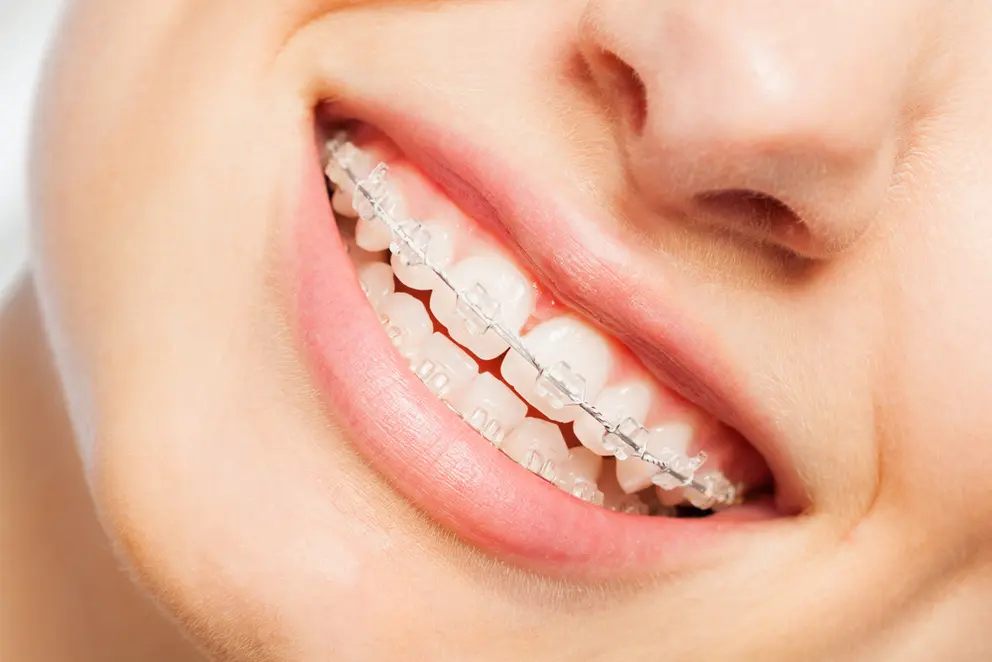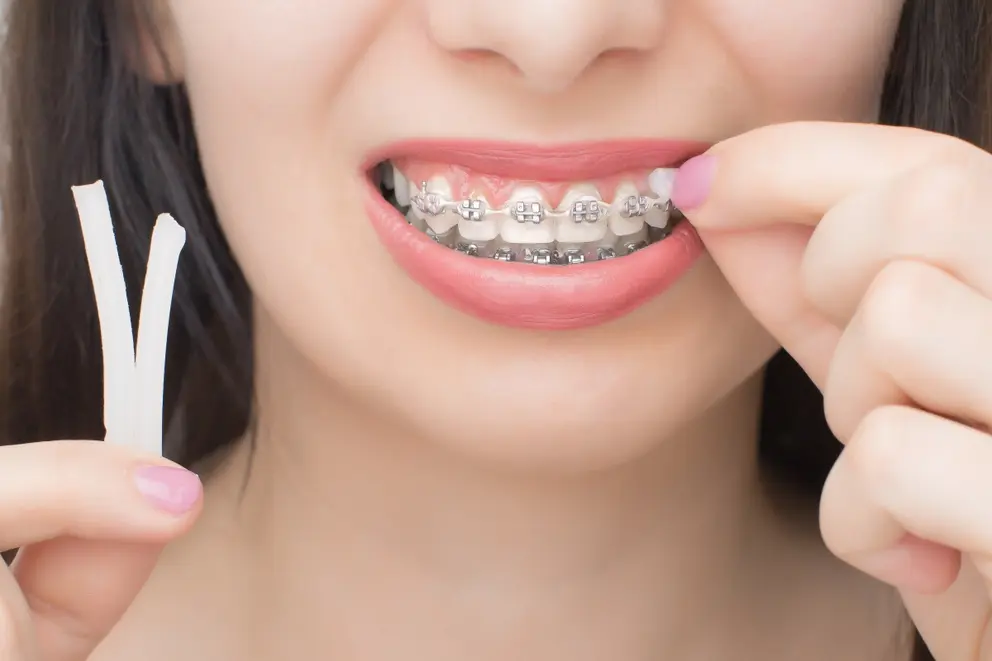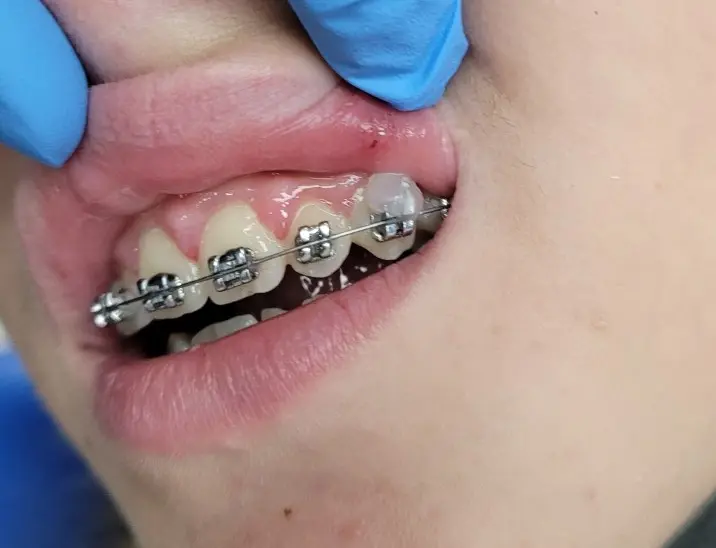Can You Eat Cereal With Braces?
Cereal has been a breakfast staple for decades. Many of us enjoy a nice bowl of our favorite cereals to eat for breakfast. However, if you have braces, you may be wondering if you can enjoy your favorite cereal.

If you ??re experiencing discomfort from your braces, certain foods can help. Initially, stick to soft foods. This will ease the adjustment period for your teeth.
As the discomfort lessens, you can start adding more variety to your diet. However, always steer clear of hard or crunchy foods. These could damage your braces. Remember, ??Soft foods for braces pain relief ? and avoiding ??sticky foods ? are key points to note.

Most patients experience a fading of pain or discomfort within a few days after they wear braces or have them tightened during orthodontist visits. This is a part of the braces treatment.
The pressure required to move the teeth can cause a variety of discomfort, soreness, or pains. This is normal as your teeth need to shift to their correct positions.
Many patients report that the soreness or pain disappears entirely between 1 and 5 days after the application or tightening of braces. Various home remedies for braces discomfort can effectively treat pain.
Remember to include pain relievers in your home remedies as they can provide significant relief from the discomfort caused by braces.

When you ??re undergoing orthodontic treatment, it ??s not uncommon to experience some discomfort. This is especially true after having your braces adjusted. However, if the pain or soreness you ??re feeling doesn ??t subside, or if it gets worse, it might be a sign that you need to have your braces adjusted again.
In some cases, a part of the appliance might be loose or improperly affixed. This can cause discomfort and may require attention from your orthodontist. Contacting your orthodontist to discuss your case is important. They can provide advice on managing pain during braces adjustment and determine if you should come in for a visit.
Remember, maintaining good oral hygiene is crucial during your orthodontic treatment. Ensure you regularly brush your teeth and inspect your braces for any unsecured components. If you ??re using rubber bands as part of your treatment, ensure they are properly placed to avoid unnecessary discomfort. Your orthodontist can provide further guidance on this.
By following these steps, you can ensure a smoother and more comfortable orthodontic treatment experience. Remember, your orthodontist is there to help you through every step of the process.

Here are some tips to ease braces soreness at home:
If your braces cause pain that doesn ??t go away, they might need adjustment. Loose parts could also be a problem. In such cases, reach out to your orthodontist.
Different types of braces exist. These include Invisalign, ceramic braces, and lingual braces.
Each type contributes to a beautiful smile. But remember, ongoing pain is not normal. Don ??t ignore it. Contact your orthodontist for a check-up.